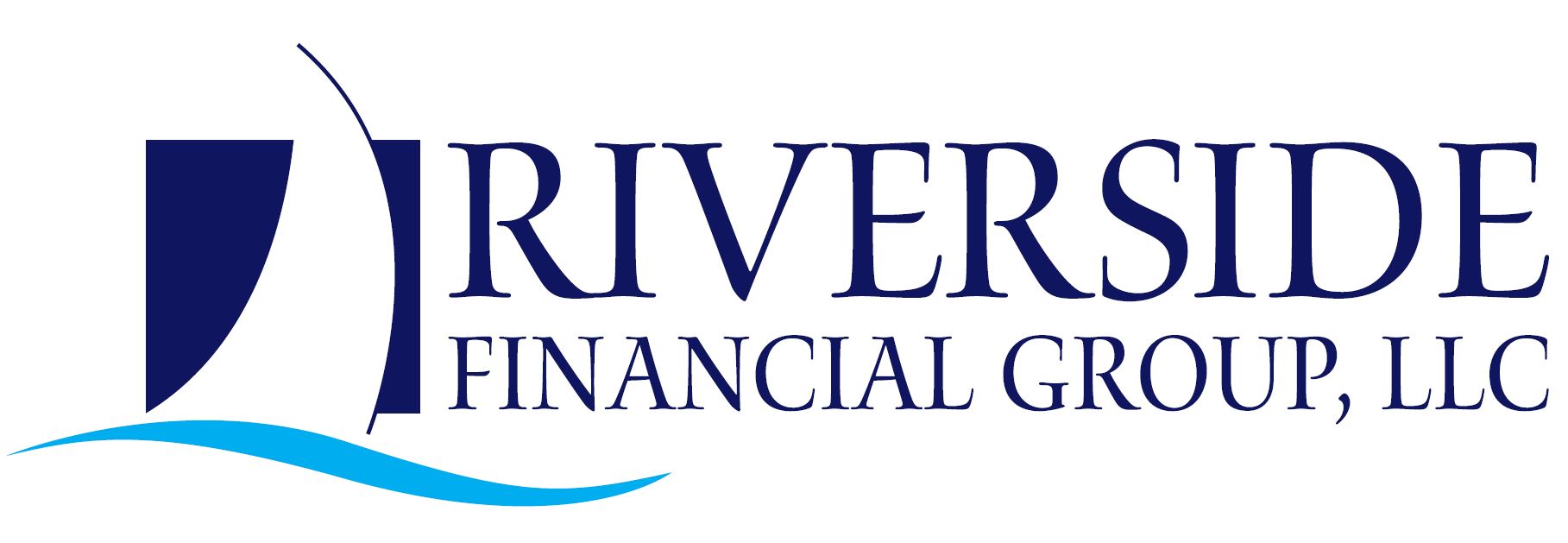Volatility is back. As investors, we need to learn from the mistakes of the past and manage volatility with discipline and an eye for opportunity. The stock market offers liquid and easy participation in entrepreneurship and innovation. However, as Brian Portnoy, Ph.D., CFA writes in his September 2015 piece named “Why Volatility Leads to Poor Decisions,” “profiting from a risk asset always involves a cost-a ‘price of admission’. That cost is volatility, which is indeed a form of risk because lots of volatility often compels us to make bad decisions.”
He goes on to say, “volatility is a source of discomfort as it forces us to pay more attention to short-term market moves, which is mentally tiresome – and it is hard to resist counterpunching.” The temptation is to make more near-term decisions than we are used to, and “in the moment” trading decisions may diminish long term portfolio returns. To this point, Gene Fama Jr., a famed economist, writes “your money is like soap, the more you handle it, the less you’ll have.”
Since 1994, DALBAR’s Quantitative Analysis of Investment Behavior (QAIB) has been measuring the effects of investor decision to buy, sell and switch into and out of funds and ETFs over both short and long-term periods. The results consistently show that average investor returns are less – in many cases much less – then the fund performance figures would suggest. Their conclusions show that actual portfolio returns are more dependent on investor behavior then on specific fund performance. And although well-designed portfolios are structured and managed to deliver a long-term outcome, investors view performance as a series of multiple short-term events. Our goal is to build portfolios based on conviction for the investment strategy and long-term value of each of the underlying holdings, and to manage volatility with thoughtful dollar cost averaging and sector rebalancing. We want to be sensitive and reactive to the negative sentiment that exists in the market, and acknowledge the difficulty of remaining resolute in the midst of a declining market. But we also carry the responsibility to stick with a reasonable plan.
This does not mean that, in the face of real economic deterioration, there are not safety measures that should be put into place – and “buy and hold” is not the only way to achieve strong long-term rates of return. In general, we have been taking the following steps to become more defensive in client portfolios:
I. Raise cash and fixed income (bonds) levels
II. Increase exposure to domestic consumer defensive sectors
III. Increase exposure to income-equities, such utilities and REITs
IV. Introduce alternative investments with low or no correlations to stocks
However, our recommendations do not involve wholesale changes and we continue to believe that investors will be rewarded for maintaining a patient attitude and a balanced portfolio.
Disclaimer: These are the opinions of Charles Dear and not necessarily those of Cambridge, are for informational purposes only, and should not be construed or acted upon as individualized investment advice. Investing regular amounts steadily over time (dollar-cost averaging) may lower your average per-share cost. Periodic investment programs cannot guarantee profit or protect against loss in a declining market. Dollar-cost averaging is a long-term strategy involving continuous investing, regardless of fluctuating price levels, and, as a result, you should consider your financial ability to continue to invest during periods of fluctuating price levels.

Recent Comments